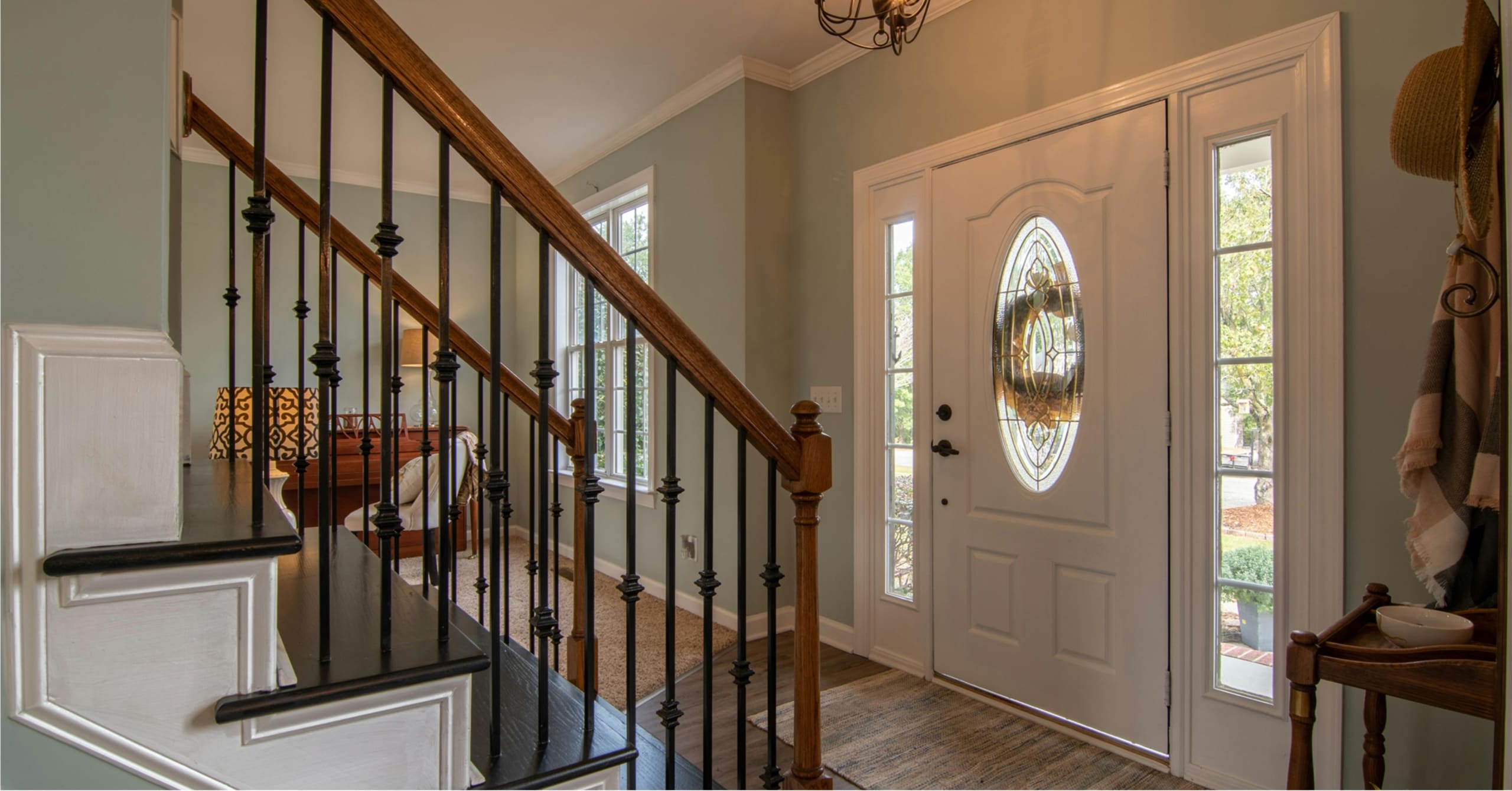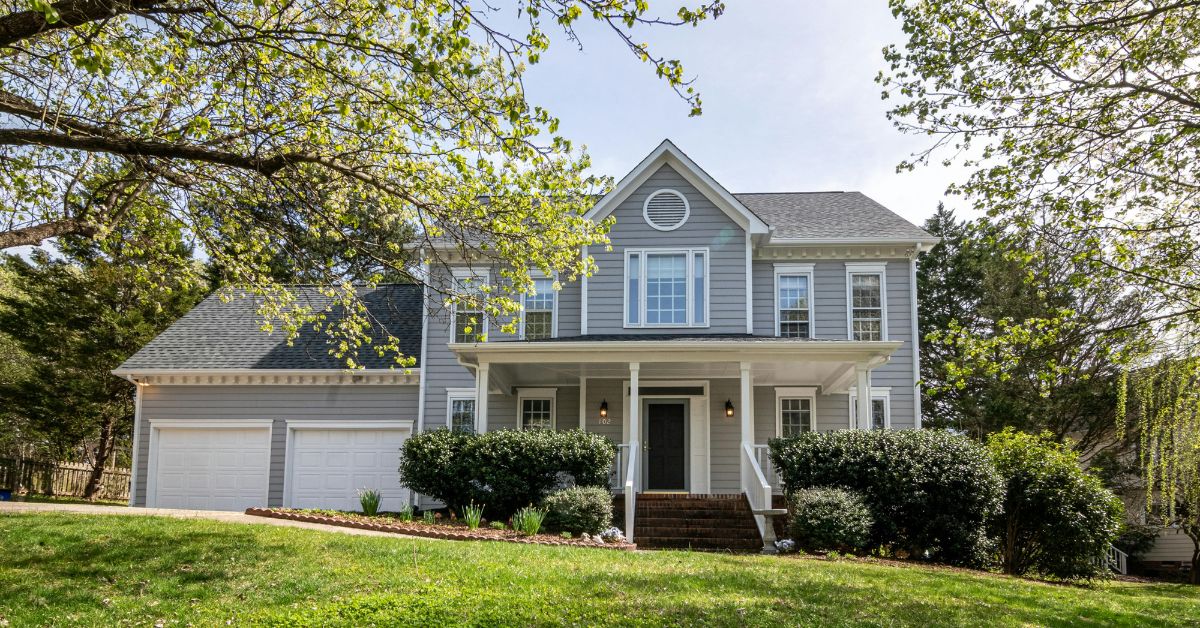Make sure your home is adequately covered for a disaster
1. Do I have enough insurance to rebuild my home?
- Replacement Cost – Most policies cover replacement costs for damage to the structure. A replacement cost policy pays for repairing or replacing damaged property with materials of similar kind and quality.
- Extended Replacement Cost – This type of policy provides additional insurance coverage of 20 percent or more over the limits in your policy, which can be critical if a widespread disaster pushes up the cost of building materials and labor.
- Inflation Guard – This coverage automatically adjusts the rebuilding costs of your home to reflect changes in construction costs. Find out if your policy includes this coverage or if you must purchase it separately.
- Ordinance or Law Coverage – If your home is badly damaged, you may be required to rebuild it to meet new (often stricter) building codes. Ordinance or law coverage pays a specific amount toward these costs.
- Water Back-up – This coverage protects your property from sewer or drain back-up damage. Most insurers offer it as an add-on to a standard policy.
- Flood Insurance – Standard home insurance policies cover disasters such as fire, lightning, and hurricanes. They do not include coverage for flood (including flooding from a storm). Flood Insurance is available through the federal government’s National Flood Insurance Program, www.floodsmart.gov. Still, it can be purchased from the same agent or company representative who provides you with your homeowners or renters insurance. Make sure to buy flood insurance for the structure of your house, as well as for the contents. Excess Flood Protection, which provides higher coverage limits than the NFIP in the event of catastrophic loss by flooding, is available from some insurers. Remember that there is a 30-day waiting period before the insurance is valid.
2. Do I have enough insurance to replace all of my possessions?
The best way to determine if this is enough coverage is to conduct a home inventory, which details everything you own and the estimated cost to replace these items if they are stolen or destroyed by a disaster. Keep your home inventory in a safe place if you have physical copies, or store it in the Cloud using a home inventory app.
You can insure your possessions in two ways: by their actual cash value or their replacement cost. Review with your insurance professional which type of coverage is best for your particular situation.
- Actual cash value policy: This coverage pays the cost of replacing your belongings minus depreciation.
- Replacement cost policy This coverage reimburses you for the total cost of replacing your belongings.
To illustrate the difference between the two types of policies, suppose, for example, a fire destroys a 10-year-old television set in your living room. If you have a replacement cost policy for the contents of your home, the insurance company will pay to replace the TV with a comparable new one. If you have an actual cash value policy, it will pay only a tiny percentage of the cost of a new TV set because the old TV has been used for ten years and is now worth a lot less than its original cost. Some replacement cost policies specify that the insurance company purchase the new item as they may be able to buy at a bulk or special rate. The price of replacement cost coverage is about 10 percent more than actual cash value.
3. Do I have enough coverage for additional living expenses?
Coverage for additional living expenses pays the extra costs of temporarily living away from your home if you can’t live in it due to an insured disaster such as a hurricane. It covers hotel bills, restaurant meals, transportation, and other living expenses incurred while your home is inaccessible or being rebuilt. It is important to note that it covers only those over and above your regular living expenses, so it would not cover your mortgage or regular trips to the grocery store. If you rent out part of your house, this coverage also reimburses you for the rent you would have collected from your tenant if your home had not been destroyed.
Coverage for additional living expenses differs from company to company. Many policies cover about 20 percent of the insurance on your house. Some companies will sell you a policy that provides you with unlimited loss of use coverage for a limited amount of time.
Could you make sure you know exactly how much coverage you have for additional living expenses and whether there is a time limit? If the standard coverage is inadequate, it can generally be increased for an extra premium.
4. Do I have enough insurance to protect my assets?
It is important to purchase enough liability insurance to protect your assets. Suppose the standard liability coverage in your homeowners policy is not sufficient. In that case, you may need an excess liability, or umbrella, policy, which provides additional coverage over and above what is covered in your homeowners (and auto) insurance policy.
Source: Insurance Information Institute
Visit Our Homeowners Insurance Page
At Murphy Insurance, we take great care in assessing your options for homeowners insurance to ensure that you receive the most favorable value. Our dedication to serving you entails collaborating with highly-rated insurance providers and conducting comprehensive assessments of available choices. Our goal is to achieve the ideal equilibrium between affordability and coverage that suits your unique needs. Please let us provide you with a customized homeowners insurance quote.













